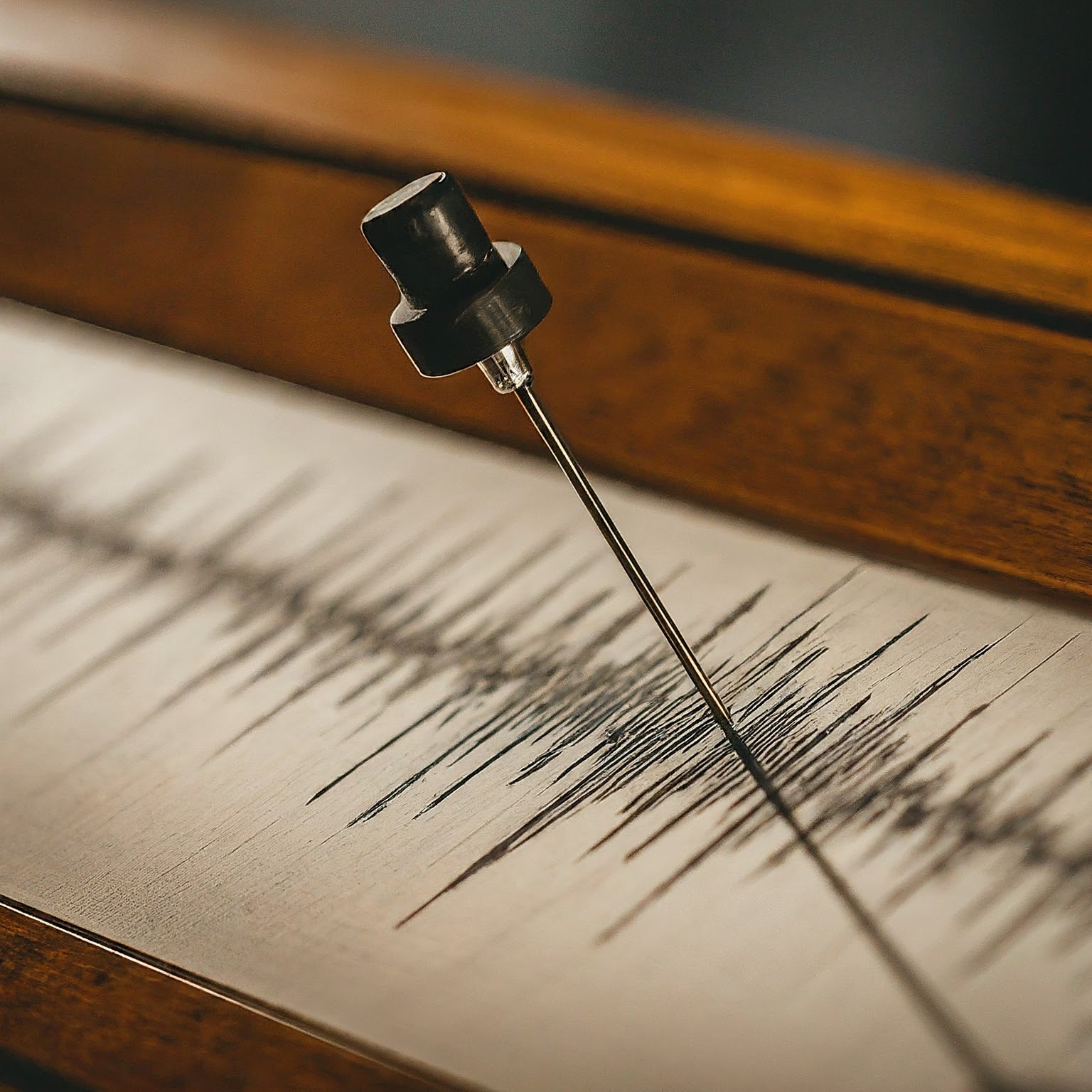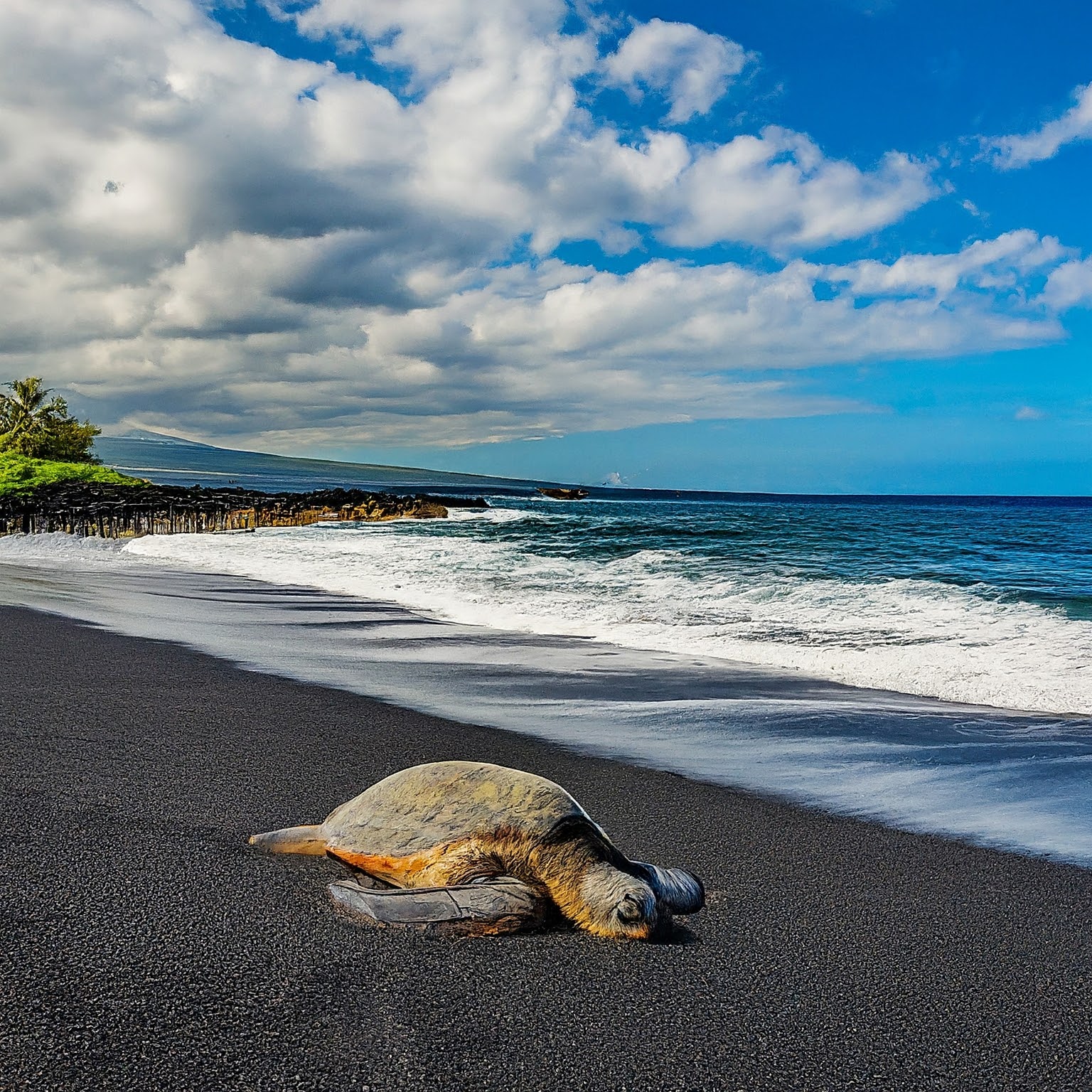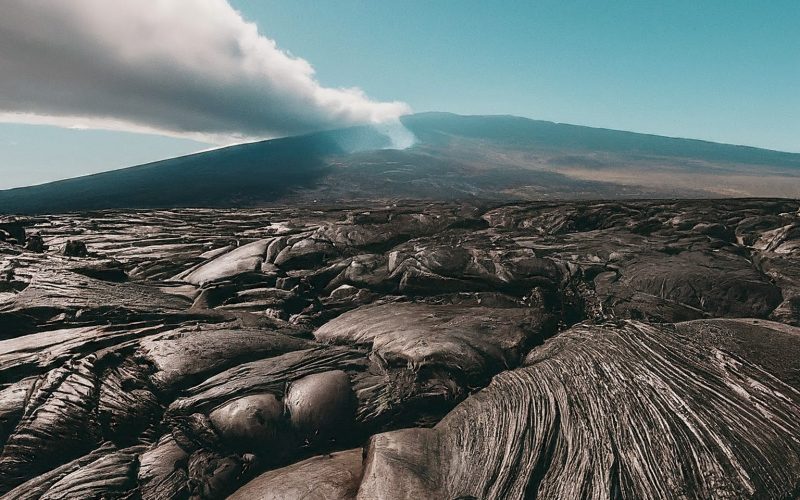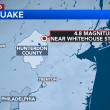Introducing Dr. Anna Koa
Dr. Anna Koa, a seasoned volcanologist with the Hawaiian Volcano Observatory (HVO) for over 15 years, has dedicated her career to studying these magnificent natural wonders. Today, she’ll share her expertise on the recent tremors felt on the Big Island of Hawaii, offering insights into volcanic activity and how scientists monitor potential eruptions.
Unveiling the Rumbling: Understanding Volcanic Tremors
Have you heard the news? The Big Island of Hawaii has been experiencing an increase in volcanic tremors. But fear not, curious adventurer! These tremors are a natural phenomenon and don’t necessarily signal an impending eruption. Let’s delve into the science behind these rumbles and explore what they can tell us about what’s happening beneath the surface.
Decoding the Tremors: A Look Inside the Volcano
Volcanic tremors are vibrations in the earth caused by the movement of magma (molten rock) within the volcano’s plumbing system. These tremors can range from barely detectable to strong enough to be felt on the surface, sometimes even rattling windows. Imagine the volcano as a giant plumbing system with chambers of molten rock constantly churning and moving. These movements cause vibrations that travel through the rock and manifest as tremors.
The characteristics of these tremors, such as frequency, duration, and location, provide valuable clues about the volcano’s activity. Dr. Koa explains, “By analyzing these tremors, we can gain a better understanding of what’s happening inside the volcano and assess the potential for an eruption.”
There are three main types of volcanic tremors, each offering unique insights:
-
Harmonic Tremors: These are continuous, rhythmic tremors that sound like a low hum or a train passing in the distance. They are caused by the sustained movement of magma within the volcano’s conduit (the pathway magma travels to the surface). The specific frequency of the tremor can even provide hints about the size and shape of the conduit.
-
Low-Frequency Earthquakes: These are short, rumbling earthquakes that can last for a few seconds. They are believed to be caused by magma pressurizing the volcanic system as it tries to find a pathway to the surface. A sudden increase in the frequency of low-frequency earthquakes could indicate a heightened risk of eruption.
-
Volcanic Microtremors: These are very small, high-frequency tremors that are often undetectable without specialized equipment. They are thought to be associated with the movement of volcanic gases within the volcano. While not directly indicative of an eruption, they can provide valuable information about the overall activity level within the volcano.

Volcano on the Move? Separating Fact from Fiction
While an increase in tremors can be a cause for concern, it doesn’t always guarantee an eruption. Volcanoes are complex systems, and scientists use a variety of tools alongside tremor data to assess the likelihood of an eruption. Here’s a look at some key indicators:
-
Ground Deformation Monitoring: Volcanoes can swell or shrink as magma moves within them. Scientists measure these changes in the volcano’s shape using specialized instruments like tiltmeters and GPS. Inflation (swelling) of the volcano could suggest magma accumulation, while deflation (shrinking) might indicate magma withdrawal from the summit area.
-
Gas Emissions Analysis: Volcanoes constantly release gases, with sulfur dioxide (SO2) being a key indicator of volcanic activity. Increased levels of SO2 emissions can signal rising magma near the surface, potentially leading to an eruption.
Dr. Koa emphasizes, “The scientific community is closely monitoring the situation on the Big Island. While the recent tremors are a sign of heightened activity, there’s no immediate threat of an eruption. However, staying informed and prepared is crucial.”
Living on a Volcanic Island: Safety Tips and Resources
Hawaii’s volcanoes are a captivating reminder of the Earth’s dynamic nature. These fiery mountains not only shaped the islands but also continue to influence the landscape and ecology. If you’re planning a trip to the Big Island, here are some resources to help you stay informed and prepared:
-
Hawaiian Volcano Observatory (HVO): https://www.usgs.gov/observatories/hvo provides the latest updates on volcanic activity, including tremor data, ground deformation measurements, and gas emissions analysis.
-
Hawaii County Civil Defense Agency: https://experience.arcgis.com/experience/34f756070f8349c4b3ad1e827d4c8a4b/ offers preparedness resources and evacuation plans in case of volcanic activity.
-
Know Your Zone: The Hawaii County Civil Defense Agency has divided the island into different volcanic hazard zones. Familiarize yourself with the zone you’ll be staying in and understand the potential risks associated with it.
-
Prepare a Volcano Evacuation Plan: Develop a plan for your accommodation and activities, including evacuation routes and designated meeting points in case of an eruption.
-
Pack an Emergency Kit: Assemble a well-stocked emergency kit that includes essentials like non-perishable food, water, first-aid supplies, a flashlight, and a battery-powered radio. Consider including a respirator or dust mask to protect yourself from volcanic ash.
-
Stay Informed: Monitor the latest updates from the Hawaiian Volcano Observatory and local authorities during your stay. They will provide crucial information and instructions in case volcanic activity escalates.
By following these tips and utilizing the available resources, you can ensure a safe and enjoyable experience on the Big Island.

The Rumbling Continues: The Future of Hawaii’s Volcanoes
Volcanoes are a permanent fixture on the Big Island, and tremors are a natural part of their ongoing activity. The recent increase in tremors serves as a reminder that these magnificent natural wonders are constantly evolving. Scientists at the HVO will continue to monitor the situation and provide updates as needed.
Dr. Koa concludes, “The recent tremors serve as a valuable reminder of the power and dynamism of these natural wonders. By understanding volcanic activity, we can coexist safely with these awe-inspiring giants. Volcanoes are not just destructive forces; they are also essential for shaping landscapes and creating fertile ecosystems. Learning to live alongside them requires respect, preparedness, and a healthy dose of scientific curiosity.”
Beyond the Rumbling: Exploring the Big Island’s Volcanic Majesty
While volcanic activity may raise concerns, it shouldn’t deter you from exploring the Big Island’s wonders. This island paradise offers a unique blend of volcanic landscapes, diverse ecosystems, and rich cultural heritage.
-
Volcanoes National Park: Immerse yourself in the otherworldly beauty of Volcanoes National Park. Hike through solidified lava flows, marvel at volcanic craters, and witness the ongoing eruption of Kilauea, one of the most active volcanoes on Earth (though currently not posing a threat to populated areas).
-
Akaka Falls State Park: Take a refreshing break from the volcanic terrain and explore the lush rainforests of Akaka Falls State Park. Hike through a vibrant jungle canopy and witness the cascading beauty of Akaka Falls, a 442-foot waterfall surrounded by lush greenery.
-
Punalu’u Black Sand Beach: Experience the unique beauty of a black sand beach formed from volcanic ash. Relax on the warm sand, watch the gentle waves, and observe the Hawaiian green sea turtles basking in the sun.
-
Polynesian Cultural Center: Delve into the rich cultural heritage of Hawaii at the Polynesian Cultural Center. Witness traditional dances, learn about Polynesian voyaging techniques, and experience the diverse cultures of Polynesia.
By combining volcanic exploration with cultural immersion and a taste of the island’s natural beauty, you can create a truly unforgettable experience on the Big Island of Hawaii.
Conclusion: The Thrill of Coexisting with Nature’s Power
The recent volcanic tremors on the Big Island serve as a fascinating reminder of the Earth’s dynamic nature. While these tremors can be a cause for curiosity, they don’t necessarily signal an imminent eruption. By understanding volcanic activity and utilizing the resources available, we can coexist safely with these awe-inspiring giants. So, the next time you hear about volcanic rumbles, remember, a little knowledge can go a long way in appreciating the power and beauty of these natural wonders.












